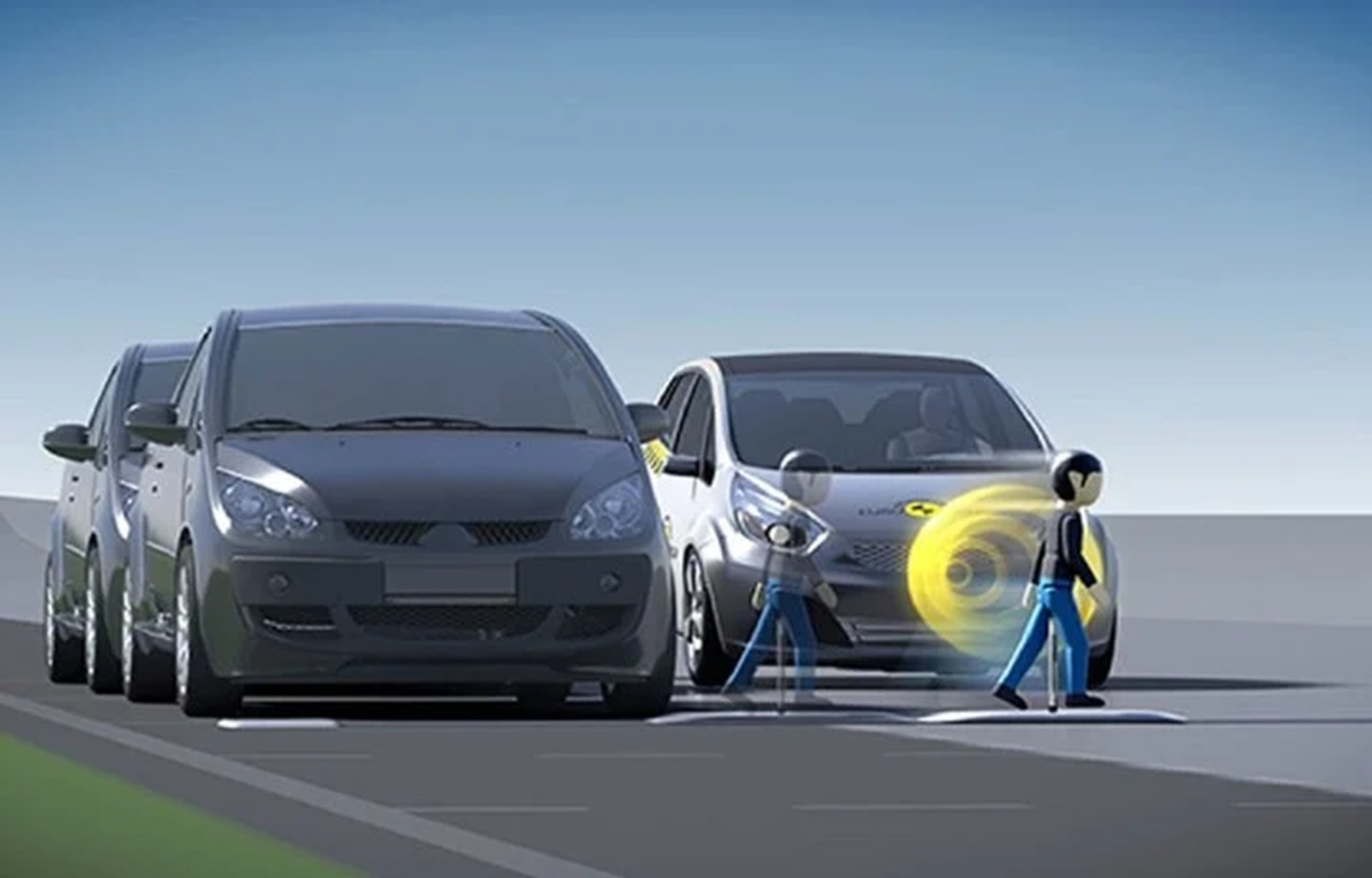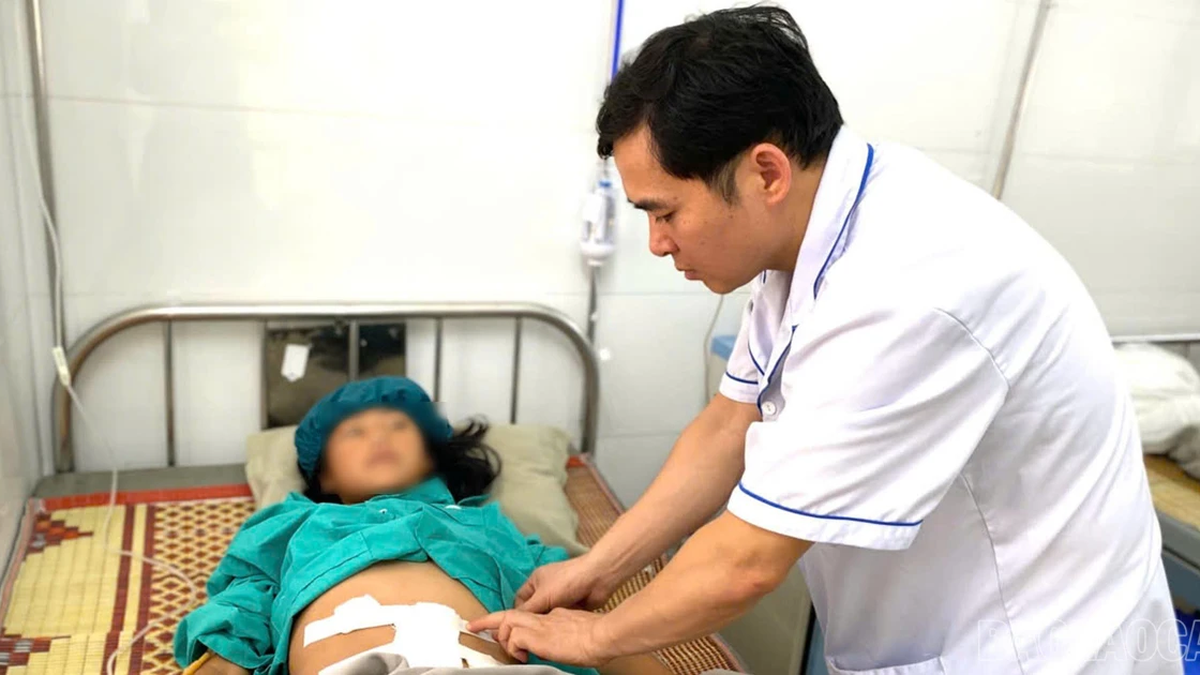The automatic braking system is an advanced safety technology integrated into modern cars to reduce the risk of accidents and protect passengers. This system acts as a “third eye”, capable of detecting obstacles, calculating distances and automatically assisting with braking in case the driver fails to react in time.
Automatic braking offers many benefits, especially in emergency situations. When the driver falls asleep or becomes distracted, the automatic braking system can intervene and brake the vehicle, reducing the risk of a collision or the severity of injury. The system also acts as a powerful assistant, helping the driver avoid dangerous situations that they may not have time to react to.

Automatic braking system acts as a third eye
The automatic braking system consists of the following main components:
Sensor system: Sensors are installed in the front, rear and on the roof of the vehicle, with the task of observing obstacles, people, animals and vehicles ahead.
ECU (Electronic Control Unit): Receives data from sensors, calculates distance and decides whether there is a risk of collision. If a risk is detected, the ECU sends a message to the braking system.
Brake system: Receives information from the ECU and adjusts the braking force required to stop the vehicle.
Warning system: Notifies the driver of the risk of collision, reminds to brake.
Automatic braking works in four main stages
Data collection: Sensors on the vehicle observe and collect data from the surrounding environment as the vehicle moves.
Data analysis: Data from sensors is sent to the ECU for analysis and collision risk assessment.
Warning: If the ECU detects a risk of collision, it will send a warning message to the warning system to remind the driver.
Pre-Collision Automatic Braking: If the driver does not react in time, the ECU will activate the braking system to stop the vehicle or reduce speed, preventing a collision.
The automatic braking system can also be combined with the automatic steering system, allowing the car to change direction to avoid obstacles. This not only helps the car brake but also helps avoid direct collisions with obstacles, improving safety when participating in traffic.
Source: https://www.congluan.vn/nhung-dieu-can-biet-ve-he-thong-branh-tu-dong-post296728.html






























































![[Maritime News] More than 80% of global container shipping capacity is in the hands of MSC and major shipping alliances](https://vphoto.vietnam.vn/thumb/402x226/vietnam/resource/IMAGE/2025/7/16/6b4d586c984b4cbf8c5680352b9eaeb0)






































Comment (0)